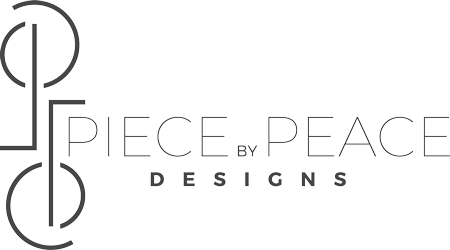Accessories and art are the finishing touches that bring personality, warmth, and character to a space. Without thoughtful placement and sizing, though, they can easily make the space feel cluttered or cold. Whether you’re refreshing a single room or curating your entire home, understanding the principles of styling can help you achieve a balanced and intentional look and will save you the headache and frustration from feeling overwhelmed.
1. Rug Sizing and Placement
A rug anchors a space, providing coziness and definition. The key to choosing the right size is ensuring that it creates a sense of unity between your furniture pieces.
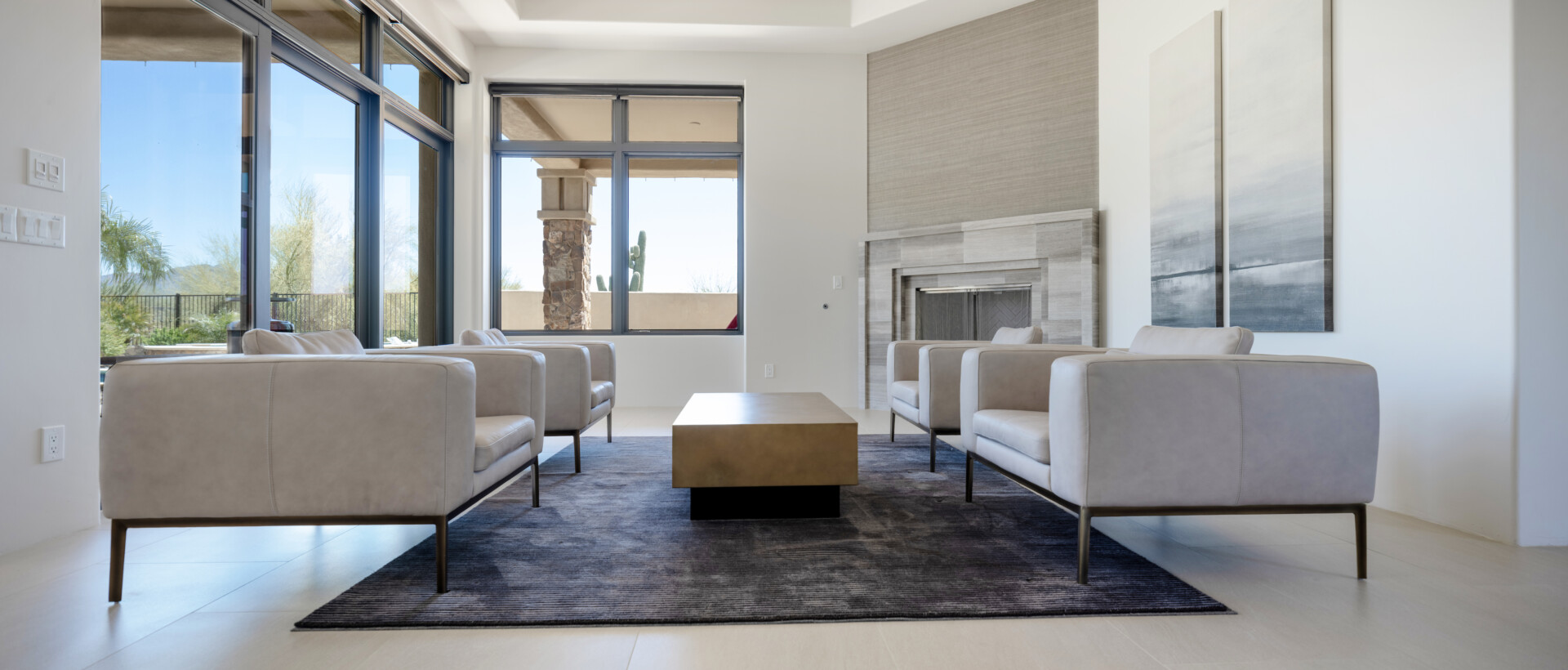
- Living Rooms: Ideally, the rug should extend at least 6-8 inches under the front legs of sofas and chairs. A common size for a standard seating area is 8×10 or 9×12 feet.
- Bedrooms: A rug should extend at least 24 inches beyond the sides of the bed to provide a soft landing when you step out. For king and queen beds, opt for an 8×10 or 9×12 rug.
- Dining Areas: The rug should be large enough so that chairs remain on it when pulled out—typically, this means extending 24 inches beyond the edges of the table.
2. Art Sizing and Placement
Art transforms blank walls into focal points, but improper sizing or placement can disrupt visual harmony. Follow these guidelines for the best results:
- Above Furniture: Artwork should be approximately 2/3 the width of the furniture below it. The bottom edge should be 8-10 inches above the back of a sofa or headboard, or above a console table to create a connection without feeling too distant.
- Gallery Walls: Arrange multiple pieces with 2-4 inches of spacing between each for a cohesive look. Lay them out on the floor first to experiment with arrangements before hanging.
- Large Walls: Consider oversized artwork or a triptych (a set of three pieces) to balance the scale. Mirrors are also a great way to fill large walls while enhancing light and space.
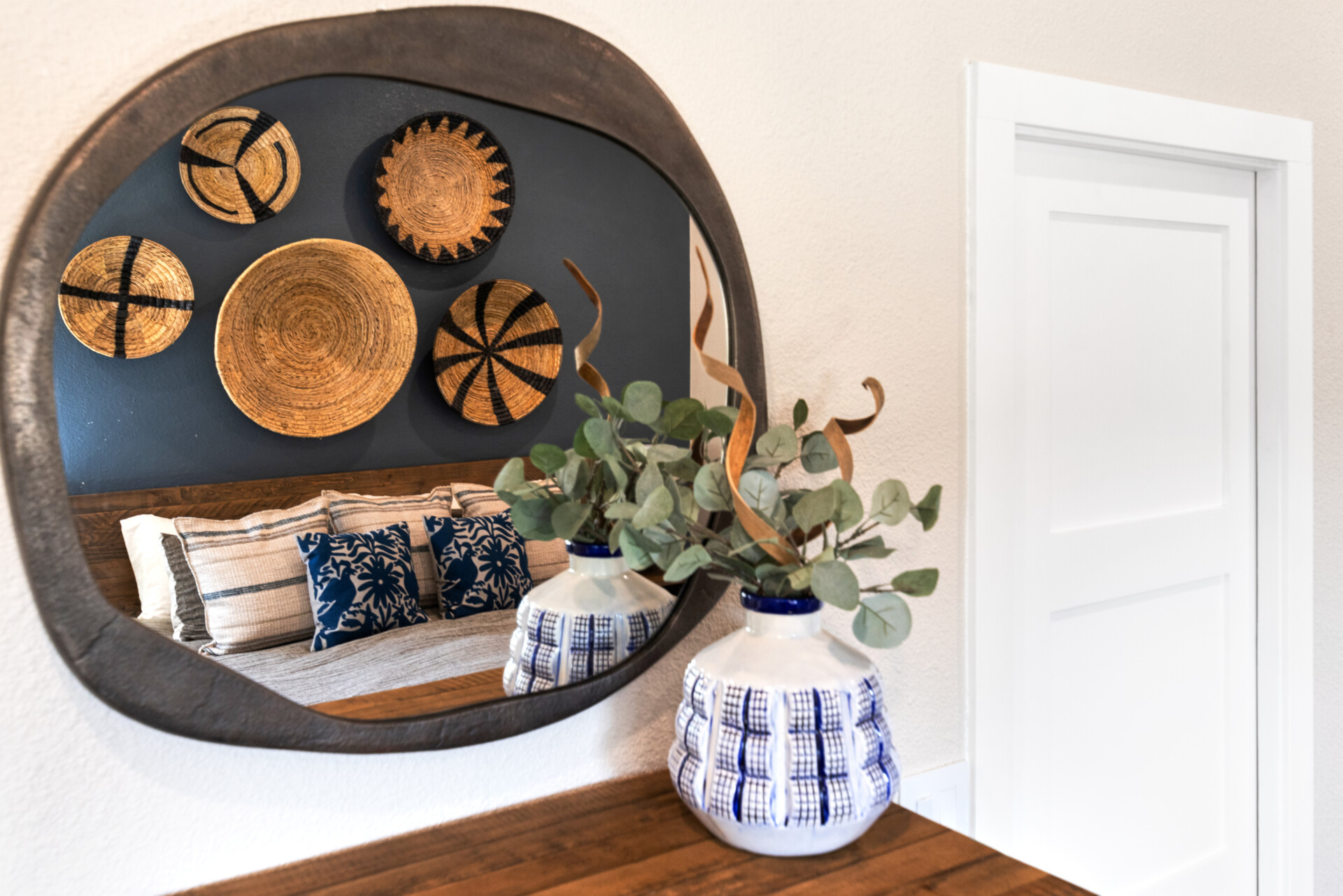
Bonus idea- art isn’t limited to only framed pieces. Consider wall sculptures, or pieces made from other materials such as metal or wood. Don’t forget you can also mix these types of art with framed art and mirrors for added visual interest.
3. Throw Pillows
Throw pillows are an easy way to introduce texture, color, and comfort, but they should enhance—not overwhelm—the seating or bedding.
- Sofas: Use a mix of sizes and textures. Start with larger (22-24 inches) pillows in the back and layer in smaller (18-20 inches) ones in front. Aim for a balanced yet relaxed look with an odd number of pillows (e.g., 3 for a loveseat, 5 for a standard sofa).
- Beds: A well-styled bed typically features 2-3 layers of pillows. Start with larger Euro pillows (26×26 inches) against the headboard, followed by standard pillows, and finish with decorative accent pillows in different shapes for variety.
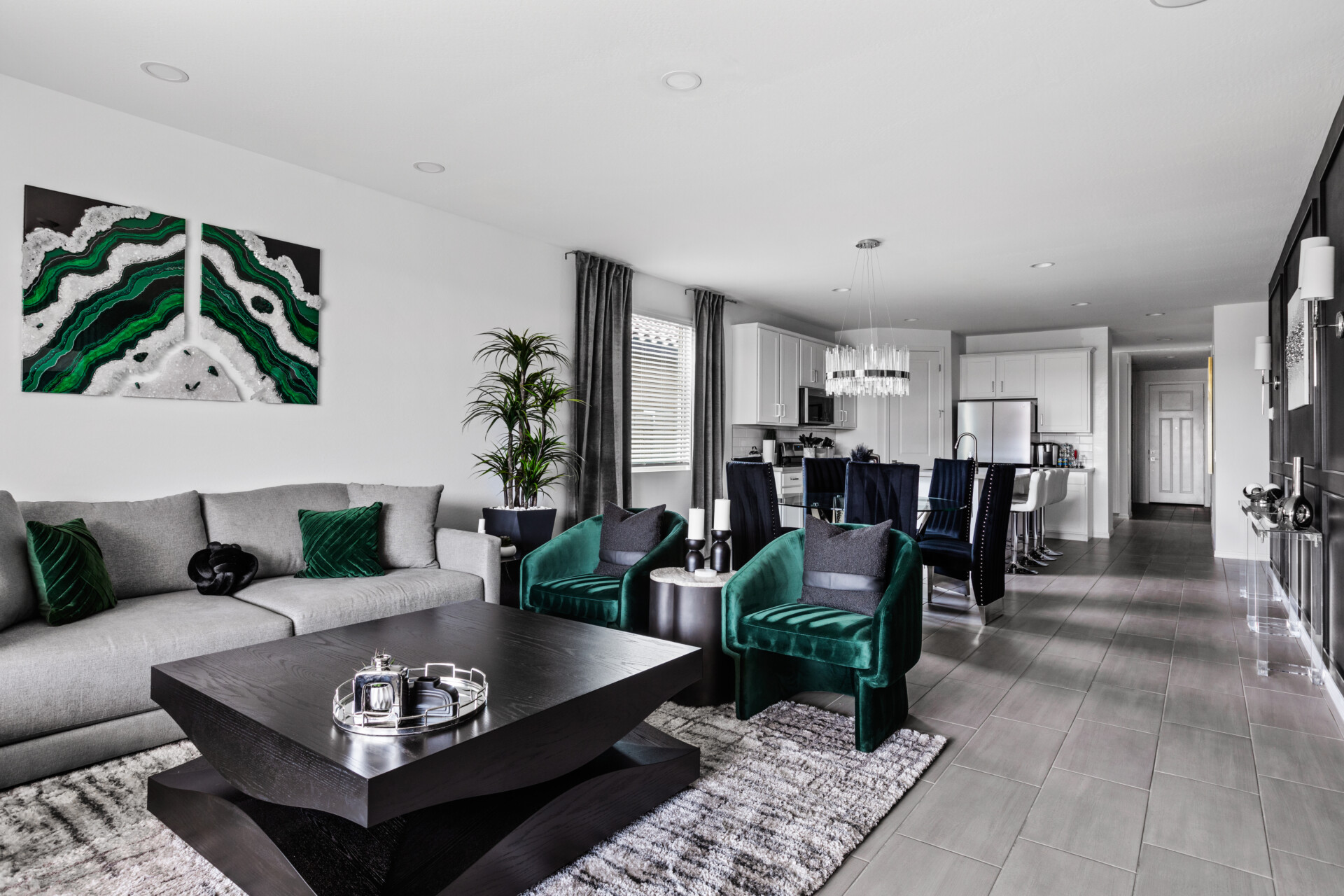
4. The Rule of Three
The “Rule of Three” (or variations like 5 or 7 for larger spaces) is a simple yet effective principle in interior design. Odd-numbered groupings naturally draw the eye and create an asymmetric and dynamic arrangement.
- Shelves: Mix books, small sculptures, and vases in groupings of three or five, varying heights for interest.
- Coffee Tables, Consoles, & Dressers: Combine objects of different textures—like a stack of books, a candle, and a decorative bowl—to keep the arrangement visually engaging.
- Countertops: Limit accessories to 3-5 pieces to avoid a cluttered feel. A tray with a plant, a utensil holder, and a cutting board can provide function and style.
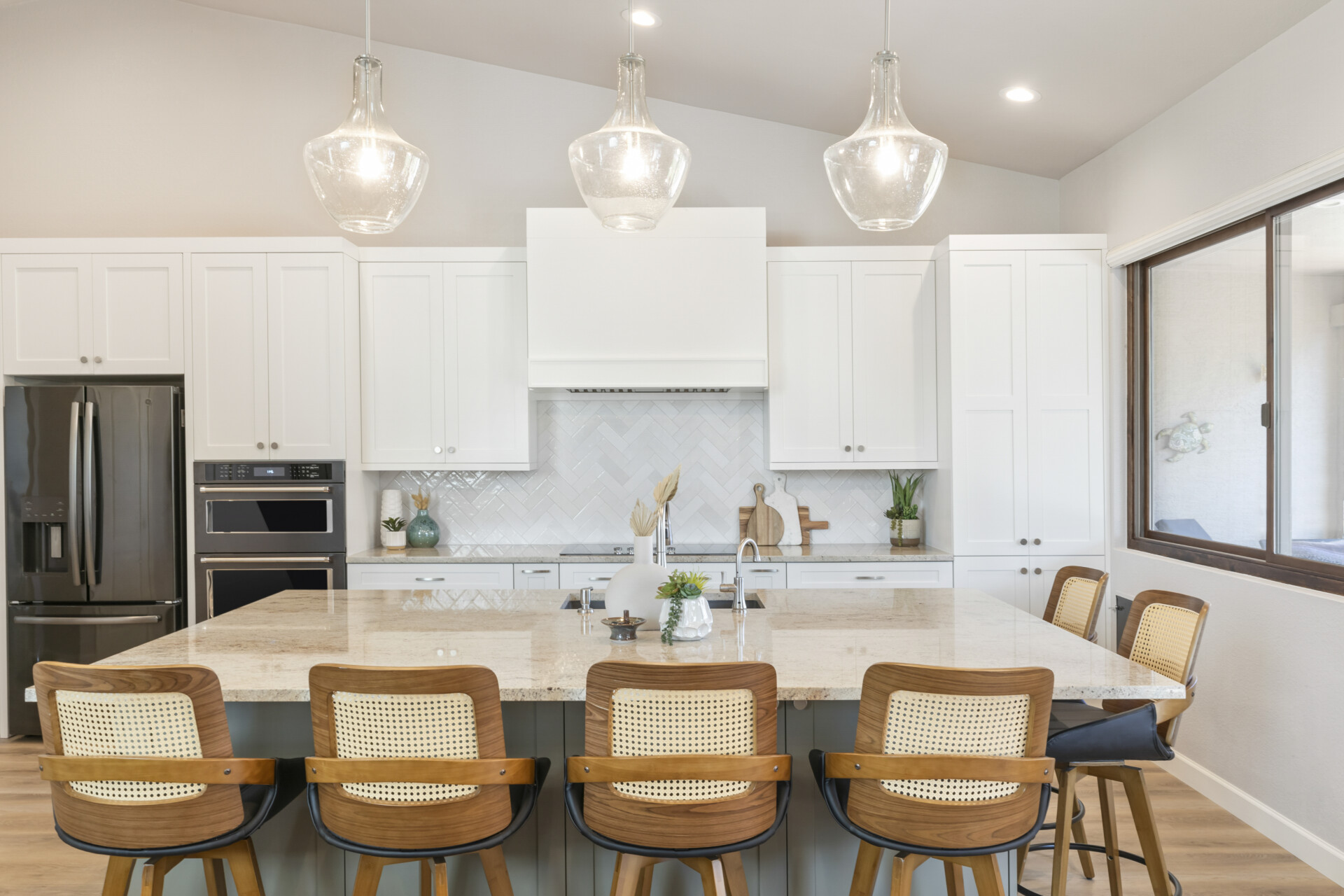
5. Faux Plants and Trees
Faux plants and trees bring greenery and life into a space without the maintenance of real plants. If you have large, open walls and tall ceilings, their height and fullness can help fill the space in a more unique way than simply hanging art. Proper placement and sizing are key to achieving a natural and balanced look.
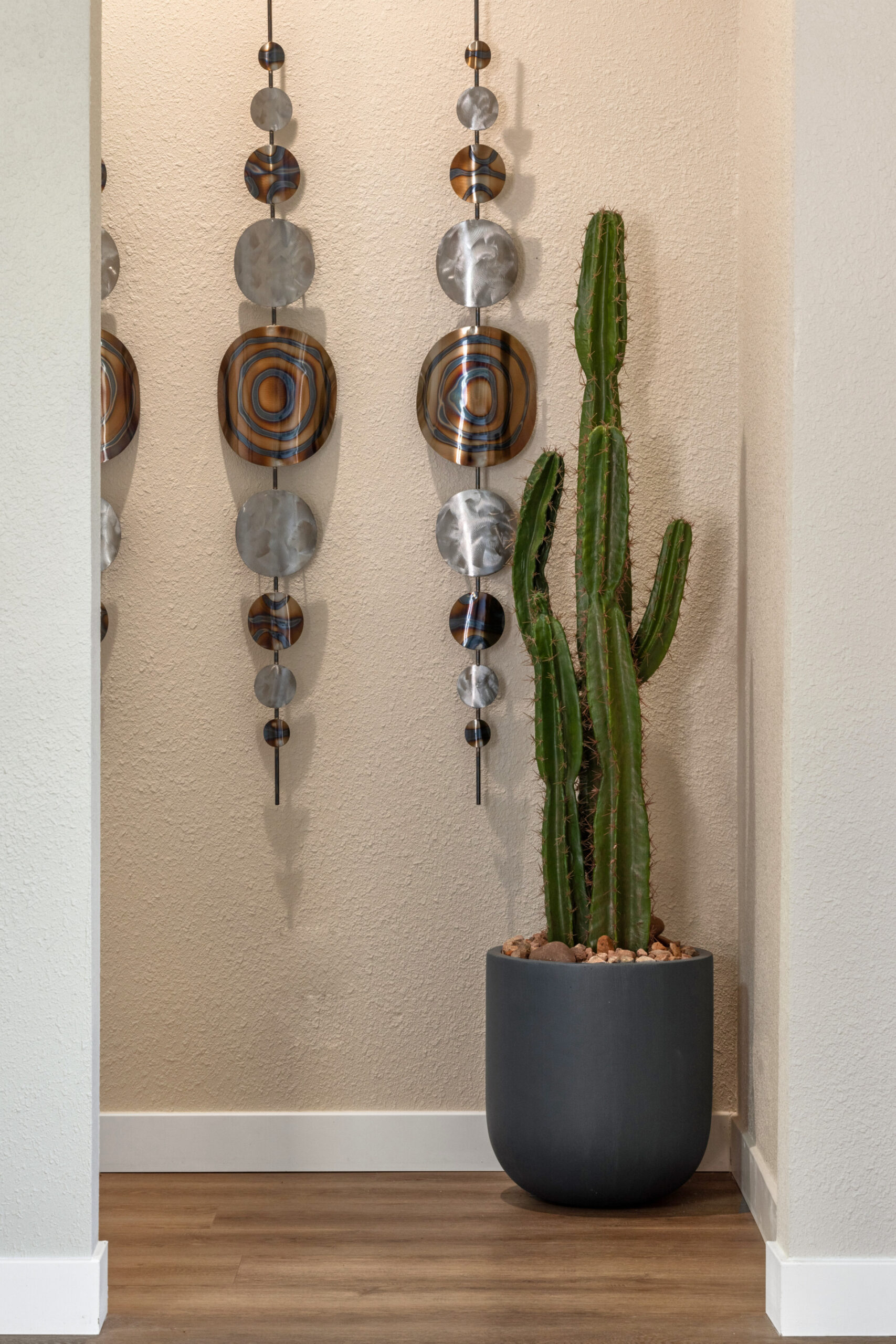
- Placement:
- In corners to soften harsh angles and fill empty spaces.
- Beside furniture pieces like sofas or console tables to add height and interest.
- Near windows or in well-lit areas to mimic the effect of real plants.
- Sizing:
- Examine the ceiling height—taller trees (6-7 feet) work well in rooms with high ceilings, while smaller plants (3-5 feet) are ideal for compact spaces.
- Have a lot of space to fill? Consider a faux plant with fullness and width such as a ficus or a palm. Want something more minimal? Go with an olive or citrus tree.
- Choose a pot or planter that complements the room’s decor and ensures stability. Fill the planter with rocks or a variation of moss.
- Planters on shelves can also add differing height visuals by going tall with pampas grass, or go low and hanging with string of pearls.
6. Utilizing Color and Texture
A well-styled space layers colors and textures for a curated, inviting aesthetic of depth and lure.
- Color: Stick to a cohesive palette while adding pops of contrast through accessories like pillows, throws, or vases.
- Texture: Mix materials like wood, metal, glass, and fabric to create visual depth. A balance of soft and hard textures (e.g., a linen throw against a leather sofa) keeps a space from feeling flat.
- Patterns: Incorporate patterns in varying scales to prevent visual competition. For example, if your rug has a bold pattern, opt for subtler designs on pillows or curtains.
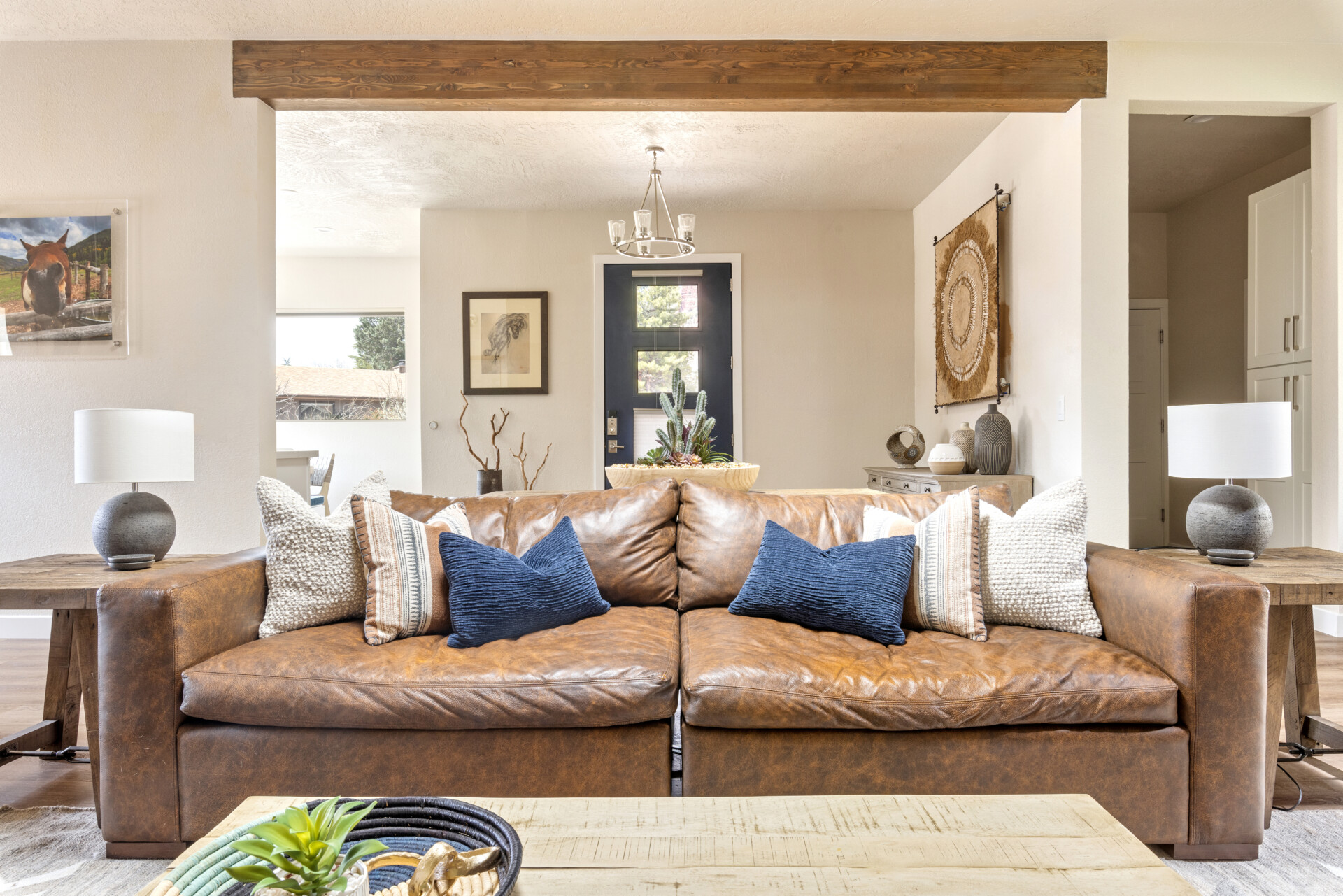
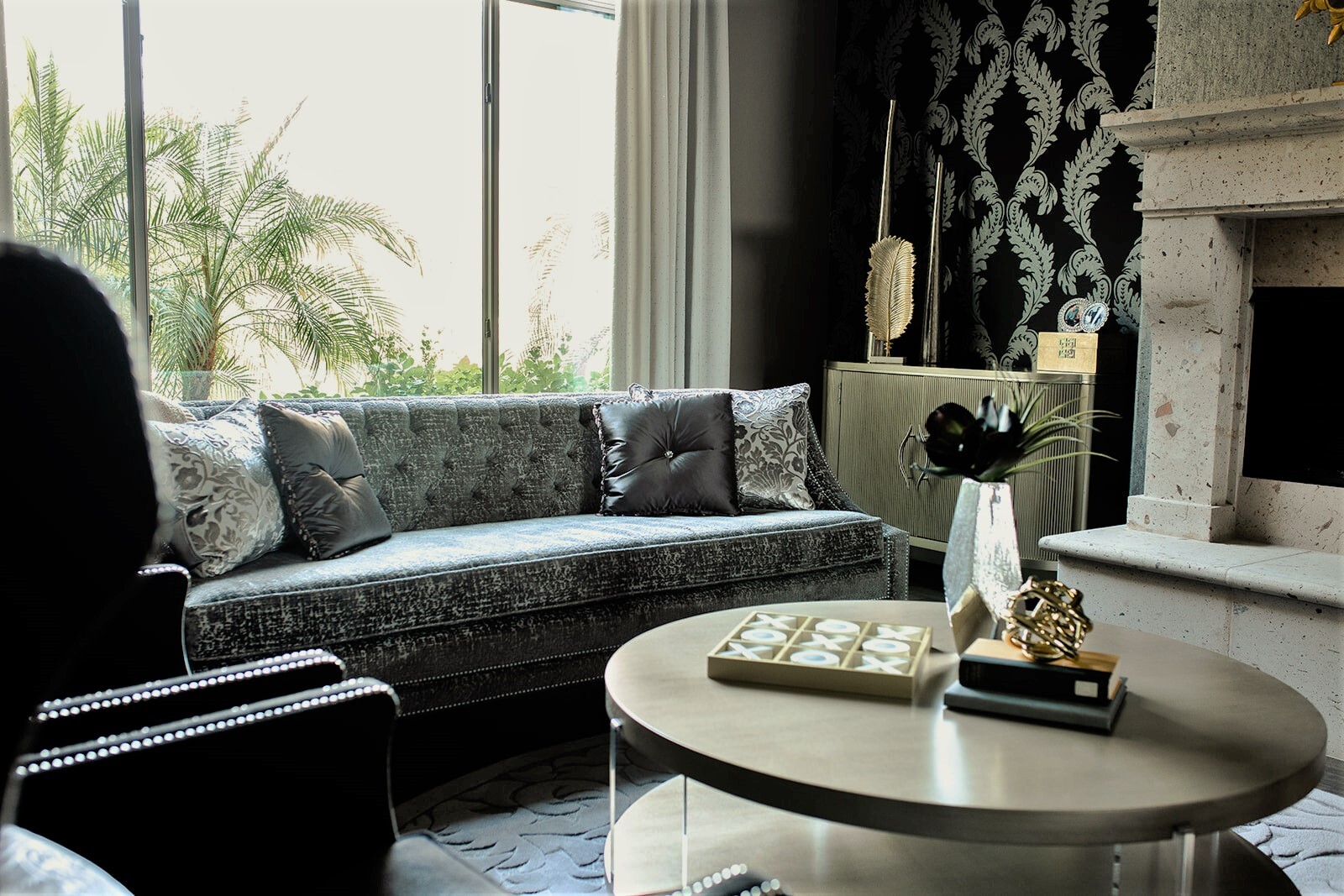
Accessories and art should tell a story—your story. By keeping scale, proportion, and balance in mind, you can create a space that feels curated yet comfortable. Experiment with different arrangements, but most importantly, choose pieces that bring you joy and reflect your personality. Happy styling!
